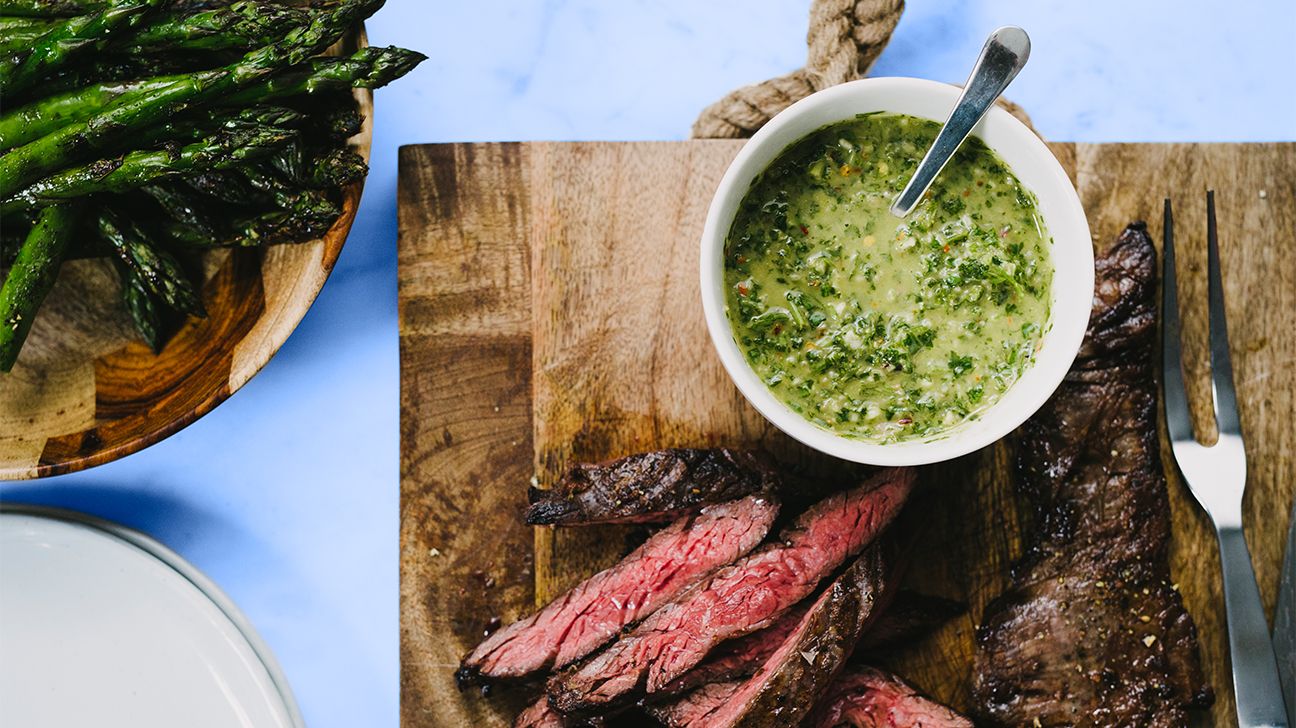Paleo takes eating old school — 2.5 million years old, to be exact. It encourages us to eat like some think our ancestors did in the Paleolithic period, long before a Publix, Ralphs, or Piggly Wiggly had popped up on every corner. Cavemen lived on whatever they could forage, fish, or hunt for — so basically, animals and plants.
On the paleo diet, you cut out grains, sugar, and processed foods. Cutting carbs makes this diet low on the glycemic index. On the surface, it seems like a good eating plan for people with diabetes, but is it really?
Let’s talk about whether the paleo diet can be part of a diabetes-friendly lifestyle.
So, is paleo good for people with diabetes?
Paleo has its pros and cons. A few studies have shown this diet is helpful for improving blood sugar, insulin sensitivity, blood pressure, and cholesterol, but they were small and short-term. We still don’t know if going caveman with your diet might help manage diabetes long-term.
How good this diet is for your diabetes, and the rest of you, depends on how you design it. Eating burgers and steaks every day while cutting out fiber from carbs won’t do your blood sugar any favors. It’s always best to work with your doctor or a registered dietitian to choose the best eating plan for you.

A diet higher in carbs, fat, processed foods, and sugar is linked to chronic conditions like obesity, heart disease, and yes, diabetes. An overload of carbs and sugar in your diet could lead to unintended weight gain, high blood sugar, and insulin resistance, all of which can work against diabetes management.
A quick dive into the research suggests that the low carb paleo approach could help counter these health concerns. In a small 2015 study, people with type 2 diabetes who followed this diet improved their blood pressure, blood sugar levels, insulin sensitivity, and cholesterol in just 2 weeks.
A small 2016 study found that 12 weeks on a paleo diet trimmed fat and improved insulin sensitivity and blood sugar management. The diet was about as good at lowering A1C levels (a measure of blood sugar management over time) as the diabetes drug metformin (Glucophage), with no prescription required.
The problem with the studies done so far is that they’re small (like, 14 people small). And they’re short (just a few weeks). So, we still don’t know how well people will keep their blood sugar and other measurements managed over the long run.
Plus, a 2020 research review found paleo no better than the Mediterranean and other diets at lowering blood sugar and improving insulin sensitivity. So, if you’re not into cutting out whole food groups, you could do just as well on one of these less restrictive diets.
This eating pattern is only as good for you as you design it. If your protein choices only consist of burgers and ribs, you could overdo it on saturated fat. And that’s a big minus for your heart health.
Paleo does cut out sugar, specifically added sugar, which is good for diabetes. But it cuts a lot more than that. Leaving out entire food groups like whole grains, dairy, and legumes could leave you short on nutrients.
Speaking of cutting food groups, paleo is pretty restrictive compared to other diets. You’ve got to cut cereal grains (wheat, rye, barley, oats), legumes (peanuts, kidney beans, pinto beans), most oils (margarine, corn oil, canola oil), dairy, and added sugar. If the thought of giving up bread and ice cream gives you chills, this may not be the diet for you.
When you first go on the paleo diet, the drop in carbs could dramatically change your insulin needs. That’s why, if you’re going to try this diet, work with your doctor to do it safely and sustainably.
Figuring out what to eat is the sticky part of the paleo diet. In general, you want to get 35 percent of your energy from fats, 35 percent of your energy from carbs, and 30 percent of your energy from proteins by eating foods like:
- fruits and vegetables
- nuts and seeds
- lean meats, especially grass-fed meats and wild game (buffalo, elk, etc.)
- fish like salmon and tuna that are high in omega-3 fatty acids
- oils from nuts and fruit, like olive and walnut oil
Sounds pretty basic, until you dive into the details. The foods people ate 2 million years ago depended on where they lived (the frigid north, or the warm tropics?), the season, and what foods were available at the time. Even experts can’t agree on the specific ingredients of the true paleo diet.
Many of the fruits and vegetables available today look nothing like the ones our ancestors ate. And some of the foods they did eat — like potatoes — are high on the glycemic index and therefore off-limits on the diet. That uncertainty can make sticking to the plan very confusing.
In theory, the paleo diet weighs in low on the glycemic scale, which may make it desirable for someone who has diabetes. So, a paleo diet and other diets that have a lower glycemic index may look promising for diabetes management.
But researchers have a lot more work to do. They need larger and longer studies to see how this diet shakes out over time. Plus, the best eating plan for you is one you can reasonably sustain in the long term, and that may not include overly restrictive plans that cut out large swaths of food groups.
The paleo diet is probably a better bet than one high in sugar and processed foods, though it may not offer any benefits over the Mediterranean or other eating plans low in added sugar. If you do want to try it, check with your doctor to make sure you don’t skimp on fiber and other nutrients. And check out the paleo beginner’s guide for tips to get started, on going caveman.

